| "Oh the joy"
campsite and Fort Clatsop. |
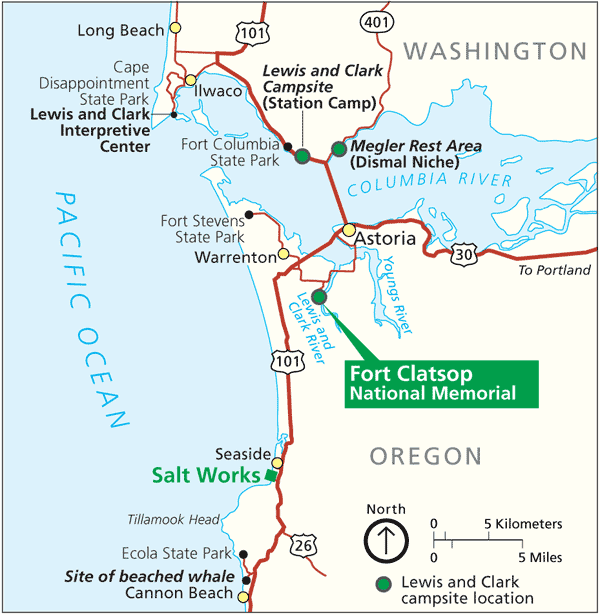 |
|
Road Scholar
Lewis & Clark Expedition
|
| After our adventure-packed day in
the Columbia Gorge our ship's captain David Kay put in a busy night
piloting the Sea Bird all the way to Astoria at the mouth of the
Columbia. The next morning we were taken by motor coach to Fort
Clatsop, a full-scale replica of the log fort in which the Lewis
and Clark expedition had to spend the winter of 1805 because it took
them longer to cross the mountains than they had planned. It was
out of the question to continue their trip back up the Columbia in the
winter months. After observing the ocean from a wet and windy camp on the north side of the river and exclaiming, "Oh the joy..." in early November, they crossed the river to find a suitable place to camp for the winter. On December 10 they began to build shelter and by Christmas Fort Clatsop was completed. Click on brief story for a summary of these events. The evening before we arrived in Astoria Don Popejoy mesmerized us in the Sea Bird lounge with an exciting rendition of this story. |
| "Oh the joy"
campsite and Fort Clatsop. |
 |
|
Just outside the fort was this statue of
Sacajawea. |
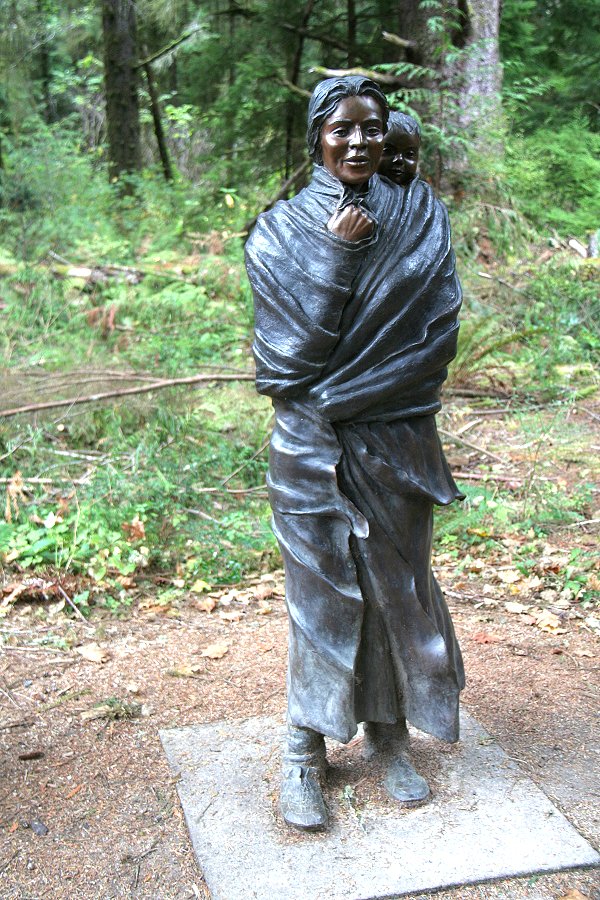 |
|
Crop into her bust and her daughter Lizette
Charbonneau. |
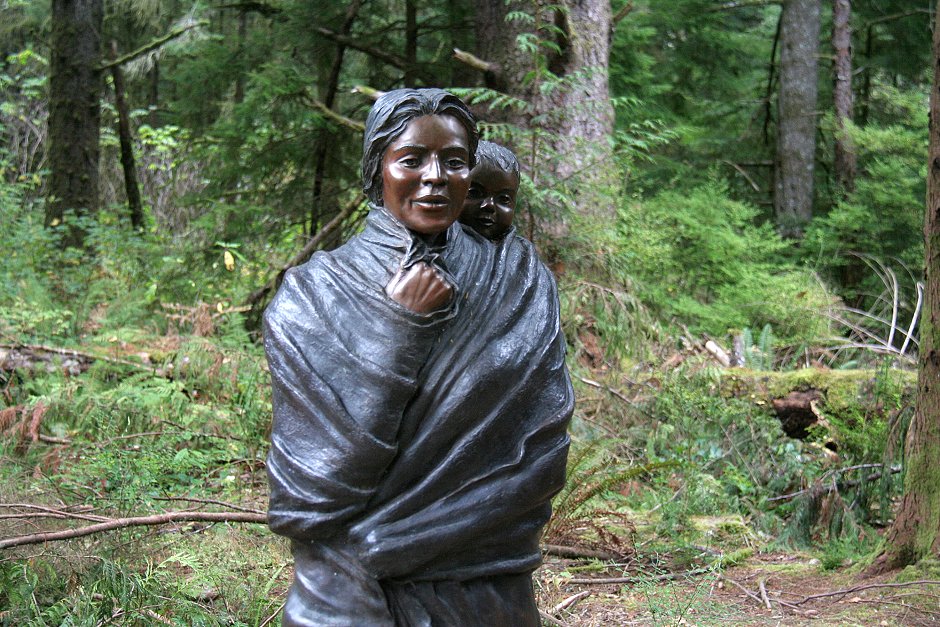 |
| Aside from Lewis and
Clark themselves, Sacajawea may have been the most important member of
the expedition. She was an excellent guide and also paved the way for
good relations between the Corps of Discovery and the many American
Indian tribes encountered throughout their journey. Not mentioned
by our guides, another contributor to the survival of the Corps was a
single Girandoni air rifle brought on the expedition. Click here for an excellent video of why this gun, never used against the tribes, was so important to the success of the expedition. |
| A short walk
brings us to Fort Clatsop on its original site. |
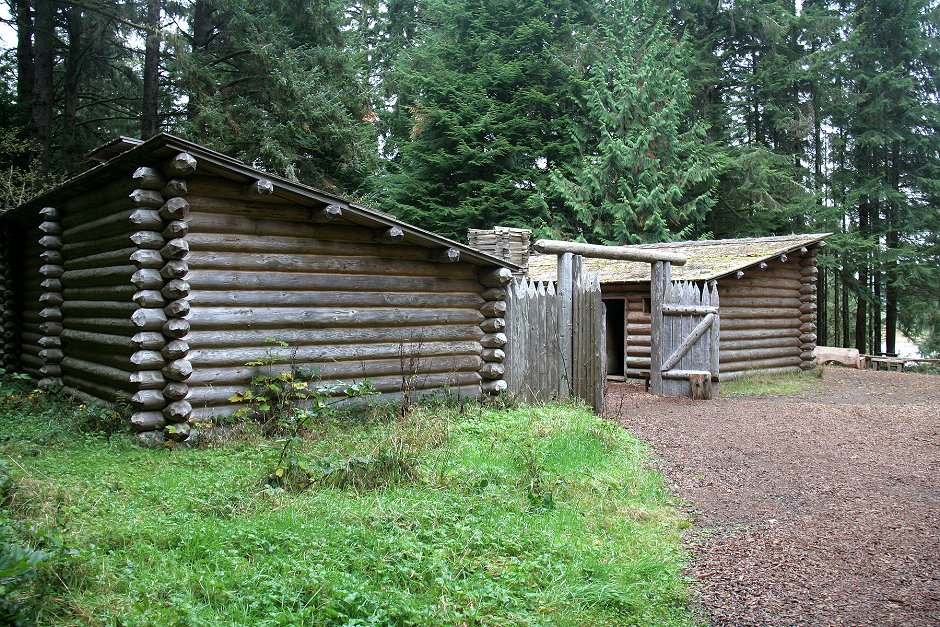 |
|
The fort ranger relates a bit of
history. Mary is mostly hidden, fourth from the right. |
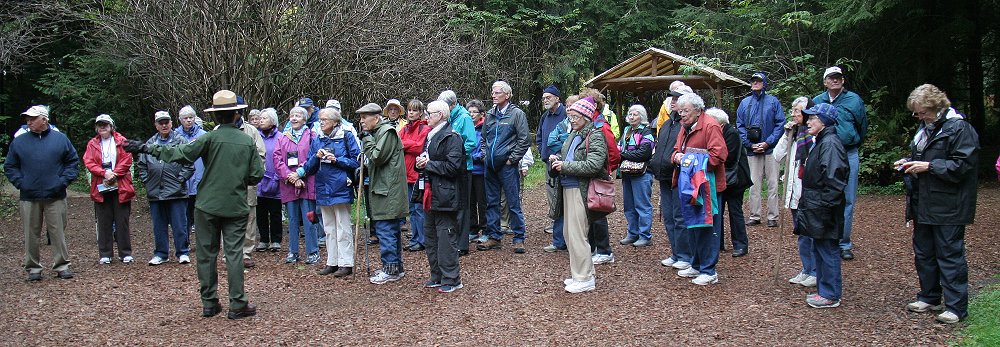 |
|
There was little stone available so Lewis
and Clark had the fireplace chimney built of split logs. |
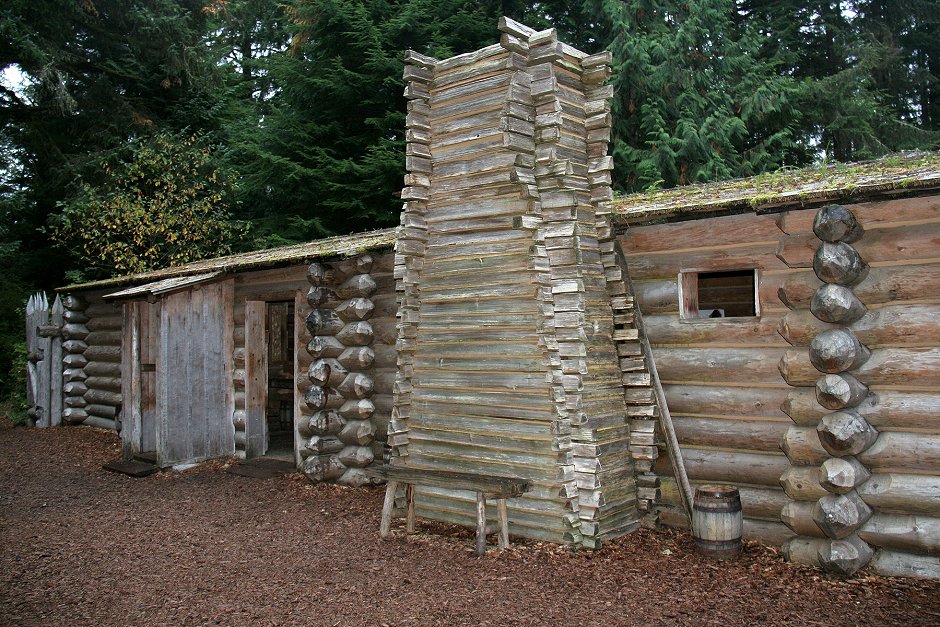 |
|
In the fort looking back toward the front
entrance. Mary heading to one of the cabins. |
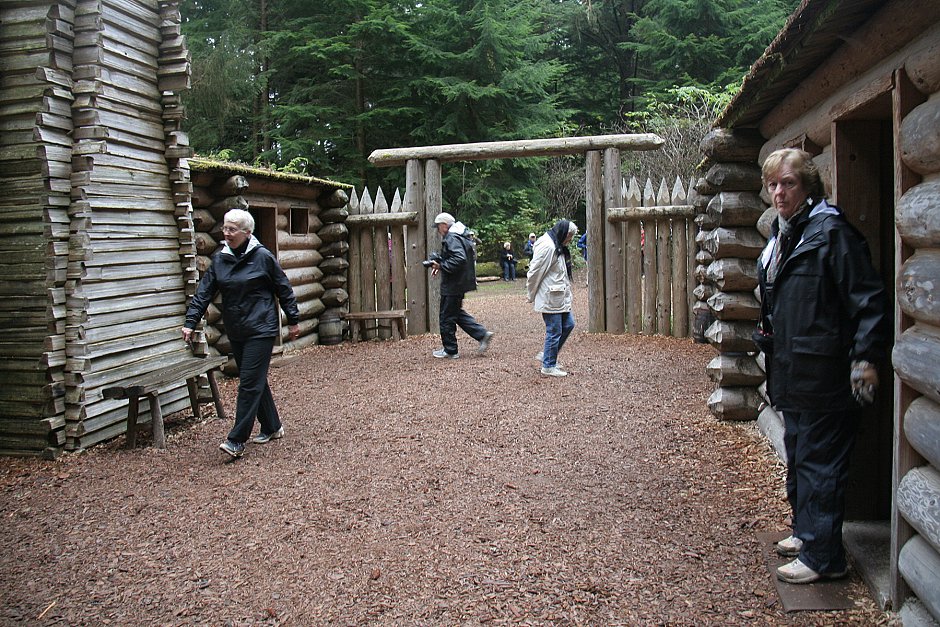 |
|
Mary turns reluctantly for a picture (a
hazard of being married to a photographer). |
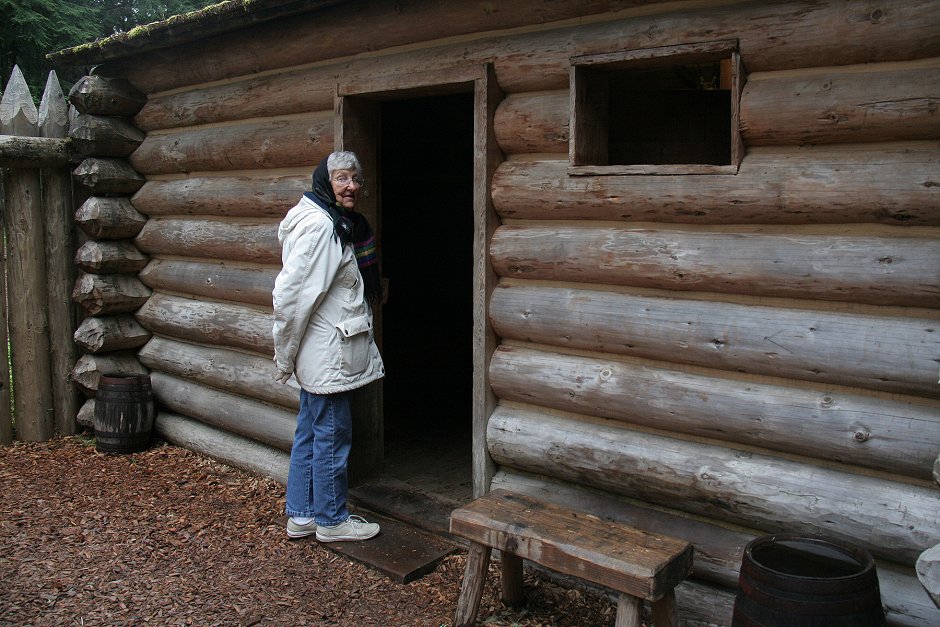 |
|
An expedition surge. |
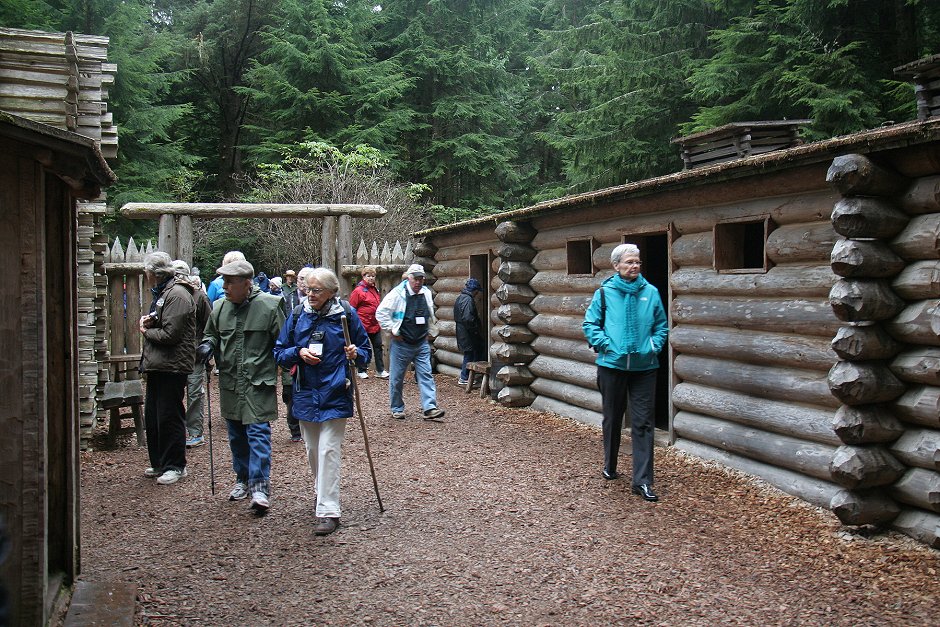 |
| Mary among
the crowd. She kindly "volunteered" to hold my umbrella in her pocket,
as I needed both hands for pictures. |
 |
|
The youngest member of our group.
Her husband was home with their children. Next time he goes while she
stays home. |
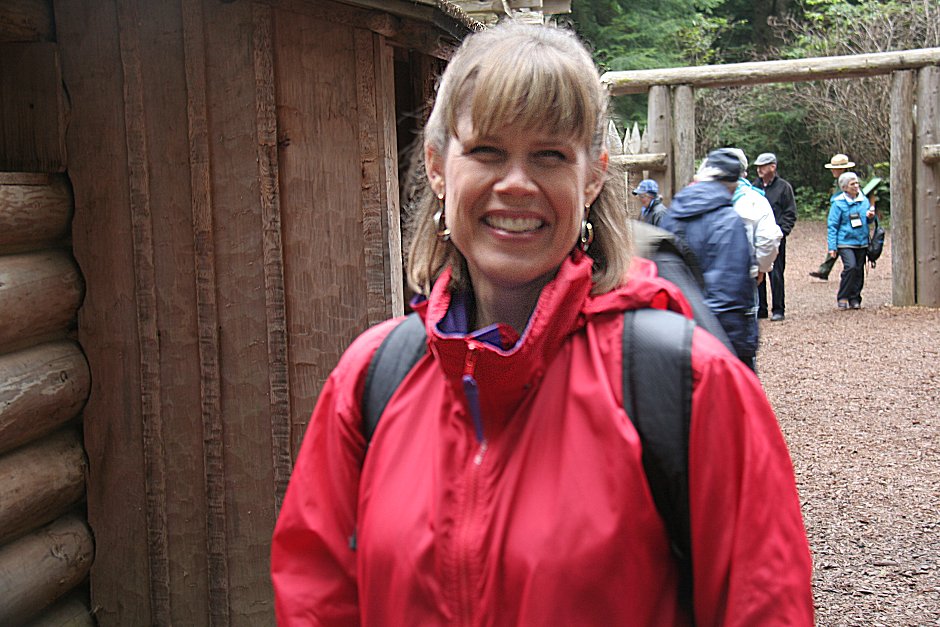 |
| Fire and
meeting area just to the side of the walled fort. |
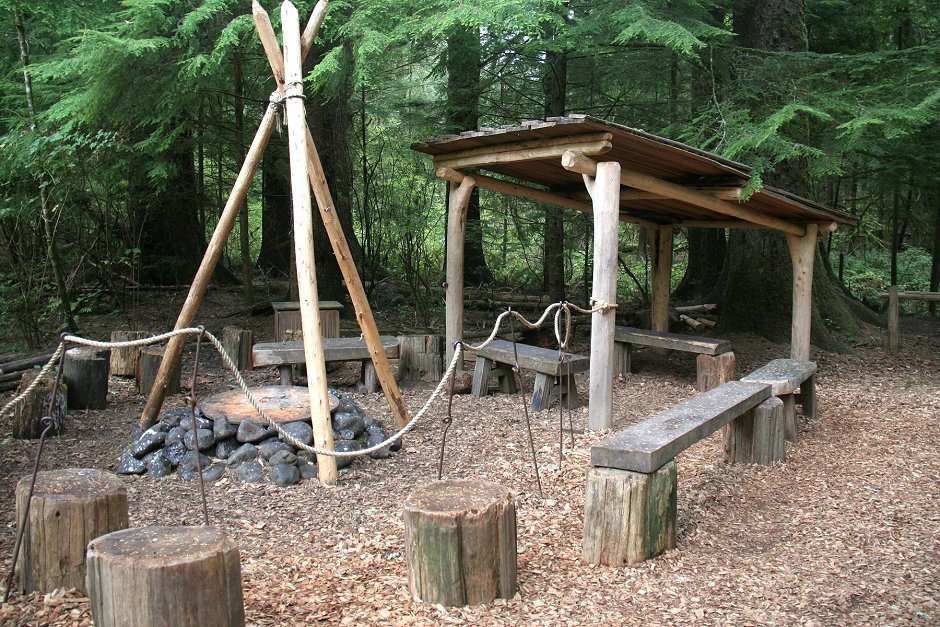 |
|
This is a painting of expedition
activities printed on a weatherproof placard. |
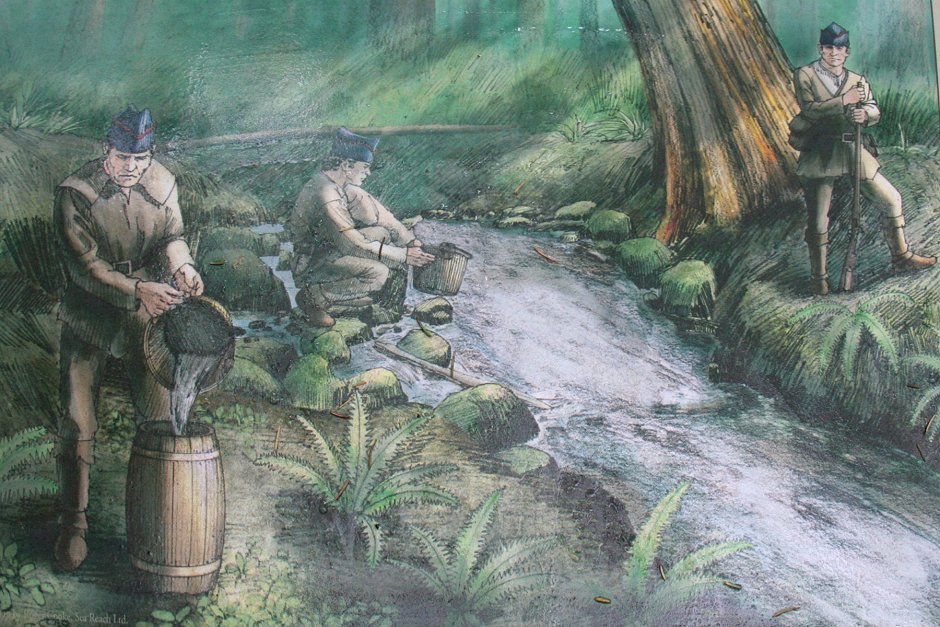 |
|
Interior of the chimneyed fireplace in
natural light. (Too bad I didn't have my new ASA 4000 camera!) |
 |
| Don Popejoy
had pointed out that the Americans' dugout canoes were very primitive
compared with the natives'. |
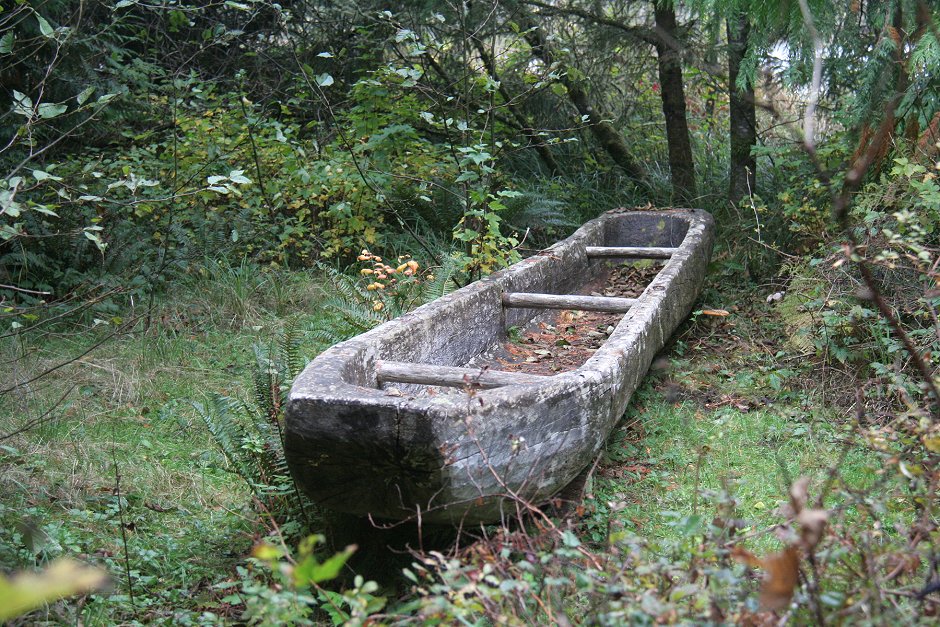 |
| I made sure
to photograph a native canoe in the museum at the fort. |
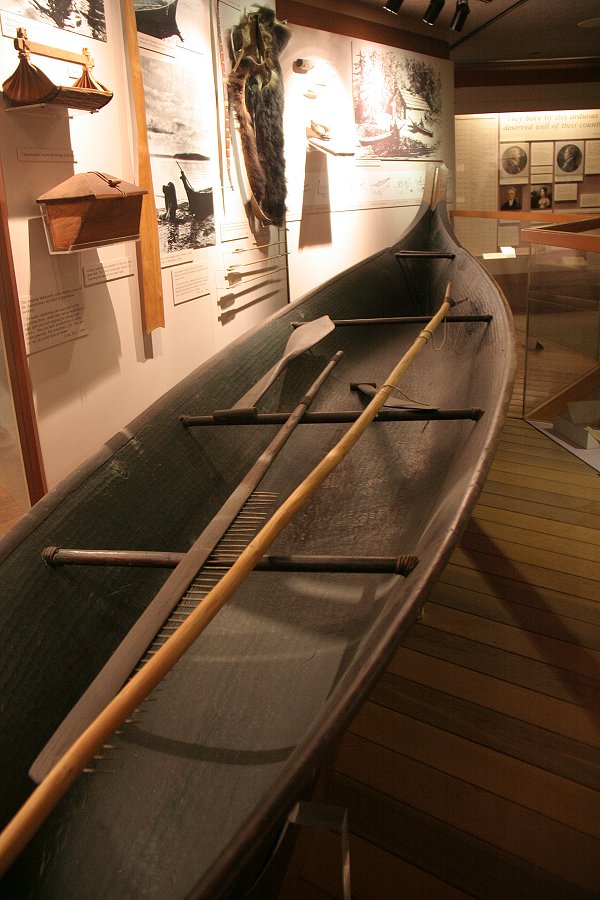 |
| Linda
Burback, on the left, gave good advice on photography. (Right click on photo to see a larger version in a separate tab.) |
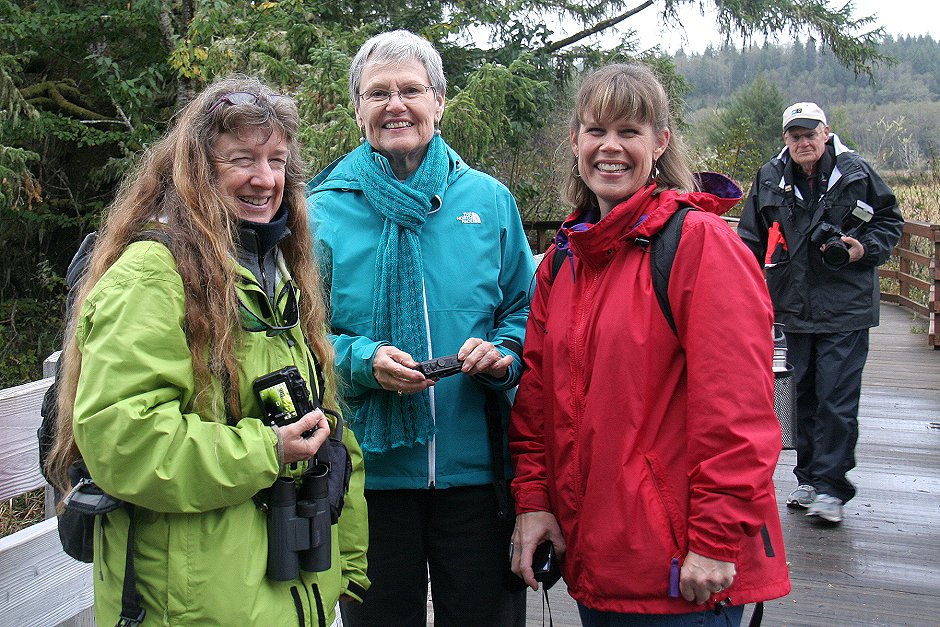 |
| Later in the day we visited the Columbia River Maritime Museum. As the guide babbled on I took a few uninspired photos. |
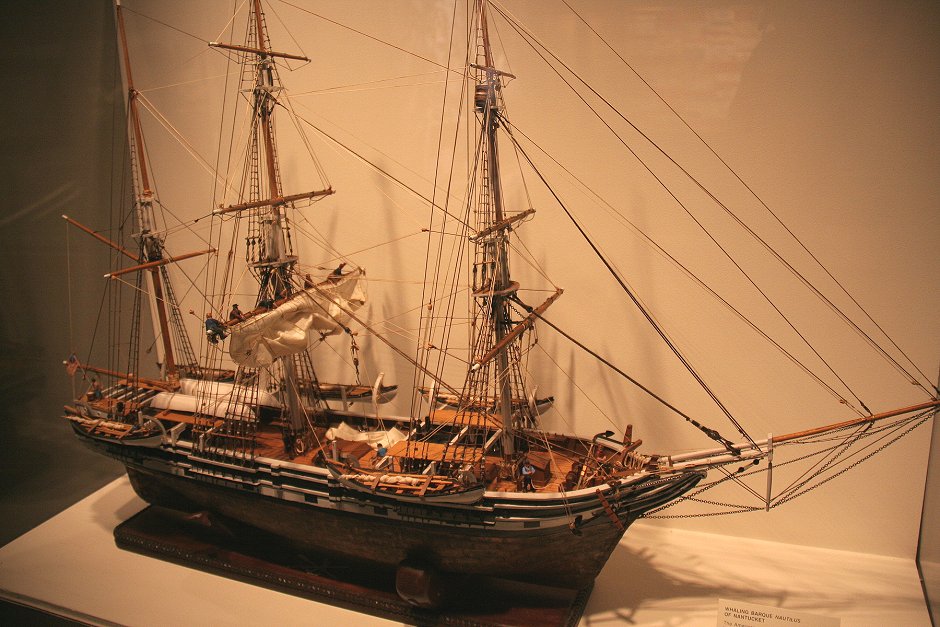 |
| Here's
another. I'll spare you from any more. |
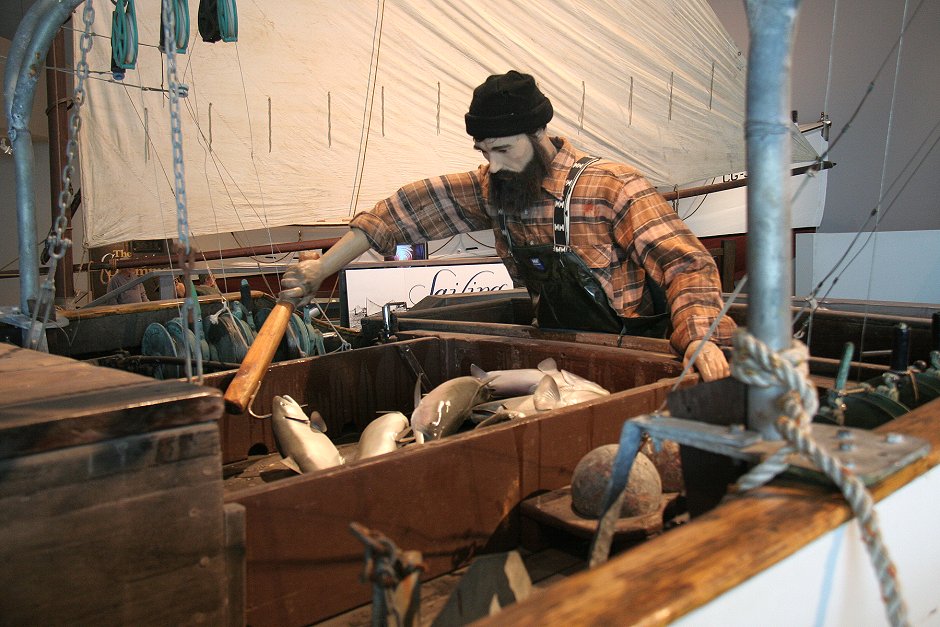 |
| 1. Downtown Spokane, Bus to Clarkston and Lewiston | Page 1
Page 2 |
| 2. Snake River into Hell's Canyon | Page 1 |
| 3. Palouse River -- Too Windy | Page
1 |
| 4. The Dalles, Maryhill Museum, Bike Ride | Page
1 |
| 5. Columbia River Gorge, Rasmussan's Farm, Multnomah Falls | Page
1 Page 2
Page 3 |
| 6. Fort Clatsop, Columbia River Maritime Museum | Page 1 (you are here) |